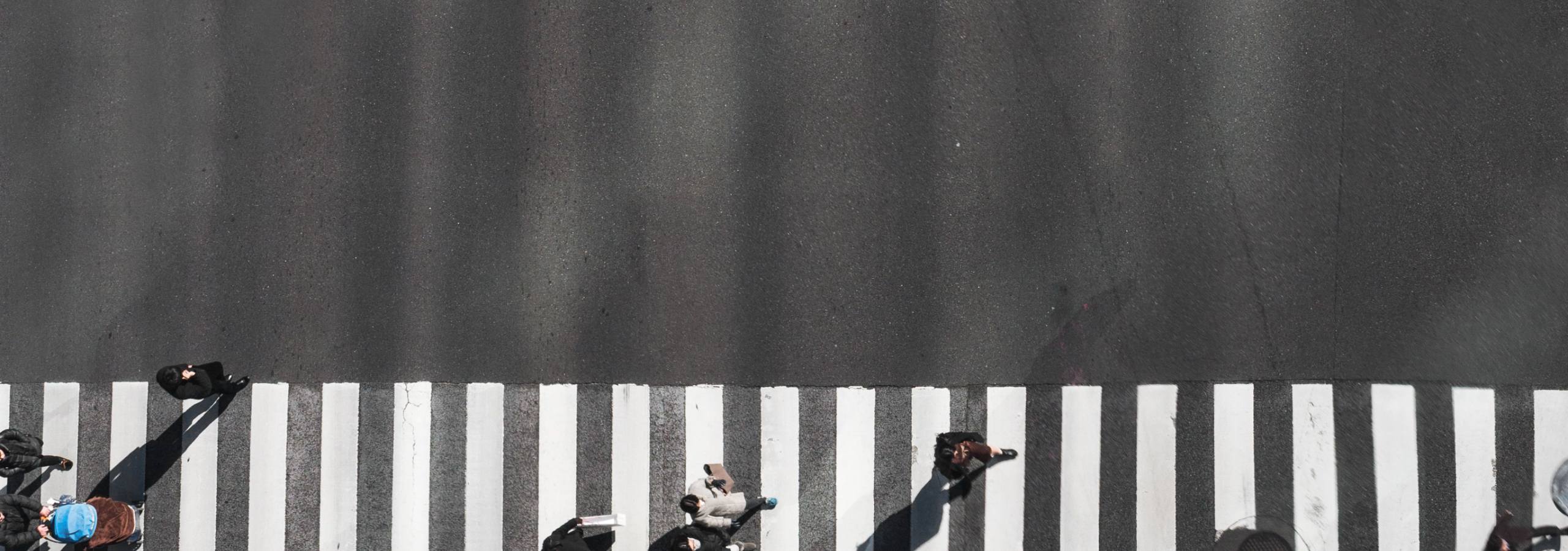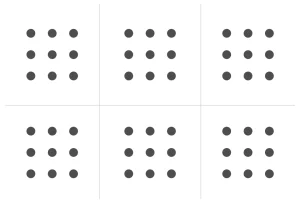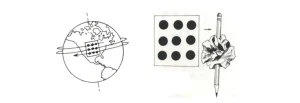
Thinking Beyond Constraints
Step outside the boundaries and open your mind to better ideas.
Here’s a neat exercise that can illustrate how often and unconsciously we impose constraints when trying to solve a simple problem. In one of the grids below, try drawing no more than four straight lines to connect all nine dots (without lifting your pencil).
Hint: there’s more than one way to do it so we’ve given you a few grids to try it on.

When we presented this puzzle to a class of web design students, most of them struggled with solving it. The problem is that most of us will not allow our pencil to exceed the imaginary square boundary created by the dots.
Here is a possible answer if we allow our minds to get past the imaginary bounding box:

Okay, so what about the mental block of realizing that it’s not necessary to draw the lines through the center of the dots?

And on it goes, did you think about folding up the page so all the dots can be connected with one straight line? Or how about cutting the dots apart and taping them together in a straight line?
“We often put constraints on ourselves without even realizing it”
Or if we think beyond the two-dimensional paper, what other possibilities open up? You could lay the paper on the ground, circumnavigate the globe a few times with a slight offset and connect it in one line!

In his book Conceptual Blockbusting, the author sent out this question and received numerous responses with different ways to solve the puzzle. One letter he received was from a 10 year old girl, who simply said that if she used one fat line, it was pretty easy.
The takeaway is that we often put constraints on ourselves without even realizing it, and it’s these constraints that prevent us from taking a step back, seeing the bigger picture, and coming up with a more creative solution.

